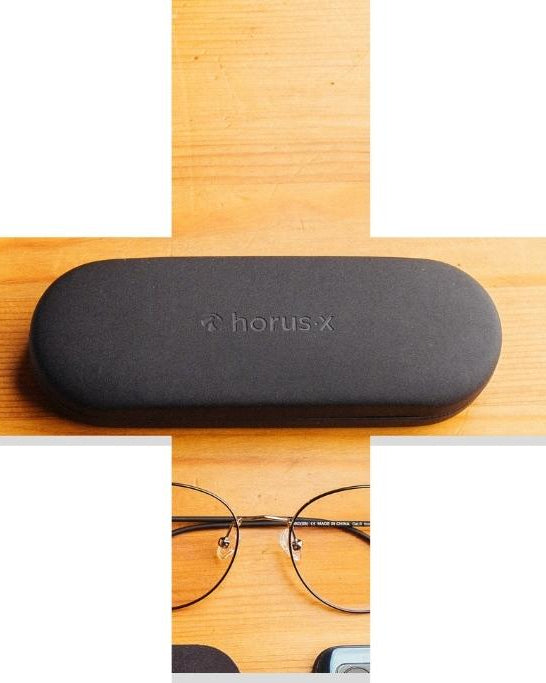Do you have trouble falling asleep? What if you tried cardiac coherence, a breathing method to facilitate relaxation and falling asleep? In this article, we tell you everything about this method: how it works and what exercises can help you get quality sleep .
Cardiac coherence: relaxation technique based on breathing

Cardiac coherence is a method that comes to us from the United States: in the 1990s, doctors and scientists discovered that breathing has an influence on heart rate and stress management . This concept was then imported to Europe, particularly to France by Dr. David O'Hare, author of "365 cardiac coherence: guide to cardiac coherence day after day".
Since then, this method has often been recommended by health professionals to, among other things, combat stress and improve sleep quality. The French Federation of Cardiology has even recognized heart rate as a means of combating anxiety.
How does it work?

As the name suggests, the goal of this technique is to synchronize one's breathing with one's heartbeat and blood pressure, in order to achieve a physiological state that promotes relaxation.
It is based on what is called controlled breathing and heart rate variability (HRV). Adopting a specific and regular breathing rhythm of 6 breaths per minute will influence the heart rate and thereby the autonomic nervous system (ANS) and the release of hormones:
- 📈 Activation of the parasympathetic nervous system : controlled breathing will, via the vagus nerve, stimulate the parasympathetic system and release acetylcholine. This neurotransmitter will slow down the heart rate and regulate the production of cortisol (stress hormone).
- 📉 Inhibition of the sympathetic nervous system : Conversely, controlled breathing decreases the activity of the sympathetic nervous system. The secretion of noradrenaline, a stress response neurotransmitter responsible for the production of adrenaline, will be inhibited.
- 🧪 Production of serotonin and dopamine : by activating the vagus nerve and reducing cortisol levels, cardiac coherence allows the release of serotonin in the brain and digestive system. But that's not all! By balancing the activity of the sympathetic and parasympathetic systems, HRV also promotes the secretion of dopamine. FYI, serotonin and dopamine are neurotransmitters involved in the feeling of well-being and pleasure (big shortcut, but you get the idea).
Basically, practicing cardiac coherence will balance the nervous system, ensure better stress management , and can even improve physical and mental health in the long term.
The benefits of cardiac coherence on sleep

We come to the question that brought you to read this article: does cardiac coherence really help you sleep well?
Let's end the suspense: YES.
But how can cardiac coherence improve your nights? Well, in several ways:
- 🙏 Relaxation and relaxation : by promoting a state of mental well-being, cardiac coherence can help you fall asleep more easily.
- ↗️ Production of melatonin : by lowering the level of cortisol, cardiac coherence promotes the secretion of melatonin, the sleep hormone, which is a valuable ally for getting back to sleep and having peaceful nights .
- 🫀 Slowing down the heart rate : by increasing HRV and regulating the activity of the nervous system, it helps to reduce the heart rate and blood pressure, thus promoting rest.
- 🌡️ Body temperature regulation : thermal regulation is also an effect of HRV. We've already told you that there is an ideal temperature for sleeping : ideally, it should be lower than when awake.
- ↘️ Reduction in night awakenings : another effect of this technique in the medium to long term is a better sequence of sleep cycles and a reduction in night awakenings .
- 😴 Deep and restorative sleep : not only will you wake up less at night, but your sleep will be of better quality!
- 🧠 Mental preparation for sleep : if you integrate cardiac coherence exercises into your bedtime ritual, you accustom your brain to better prepare for falling asleep.
Thus, on a daily basis, practicing this technique can help regulate the circadian rhythm, better sequence sleep cycles, fall asleep more peacefully and fight against insomnia.
💡 Note: cardiac coherence can help you sleep well, but that's not all! Stress reduction, blood pressure regulation, prevention of cardiovascular diseases, improved concentration, feeling of general well-being, better digestion, emotional stability, strengthening of immunity: there are many positive effects of this method on health .
Practice cardiac coherence with simple exercises

As you can see, this simple and natural breathing technique can help you sleep better. No need to invest in 36 tools: it can be practiced daily, at home, with a few easy exercises.
How to breathe to enter a state of cardiac coherence?
Let's start by laying the foundations. The 365 method or 3-6-5 breathing, designed by Dr. O'Hare, is based on 3 simple principles:
- 3️⃣ 3 cardiac coherence sessions per day ,
- 6️⃣ breathing cycles of 6 breaths per minute ,
- 5️⃣ 5 minutes per session.
👉 In practice: you will count 5 seconds on the inspiration, and 5 seconds on the expiration. Do not block your breathing, it must remain fluid. Then repeat the operation 6 times. If you have difficulty, you can help yourself with an application, but the best is to empty your mind and count slowly.
How to practice breath control?

The big plus of this method is that you can do the breathing exercises anywhere in a few minutes. Be careful though: it is advisable to do your session in a quiet place, in a sitting or standing position, with your feet on the ground , preferably. For an optimal effect, even if you might think that it is indicated, avoid doing it in a lying position .
👉 If you are looking for a cardiac coherence exercise to test the method, we recommend this Youtube tutorial from Espace Sérénité , very visual: you inhale when the ball goes up and you exhale when it goes down. The video lasts 5 minutes, ideal for a first session.
💡 Note: there are wellness apps to learn cardiac coherence and practice daily. It's not essential, but it can help you at the beginning. The best thing is obviously to do without screens and blue light so as not to ruin the effects of a breathing session on your sleep!
The final word: getting back to sleep thanks to cardiac coherence
- If you are looking for a solution to sleep better, cardiac coherence may be for you. This technique was developed across the Atlantic and then imported to Europe in the 1990s . It is based on breathing and heart variability to induce a state of relaxation and many benefits for the body.
- This exercise helps you fall asleep more easily, fight against sleep disorders and find a deeper and more restorative sleep. A few minutes of cardiac coherence per day, with a session before going to sleep, will promote sleep and relaxation.
- Ideally, you should practice 3 times a day for 5 minutes per session . Sit in a quiet place, sitting or standing, and count 5 seconds on the inhalation and 5 seconds on the exhalation , without blocking.
- Want to try other tools to reconcile yourself with Morpheus? Try yoga for sleep , meditation, or apply our 10 simple tips for better sleep to implement today!
















